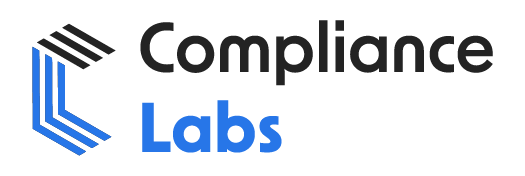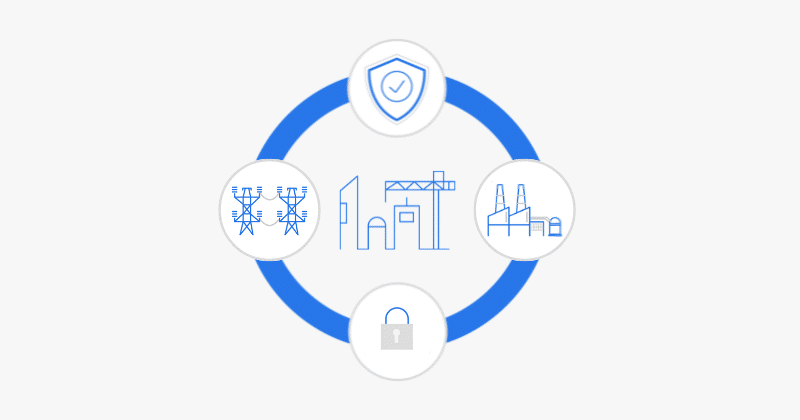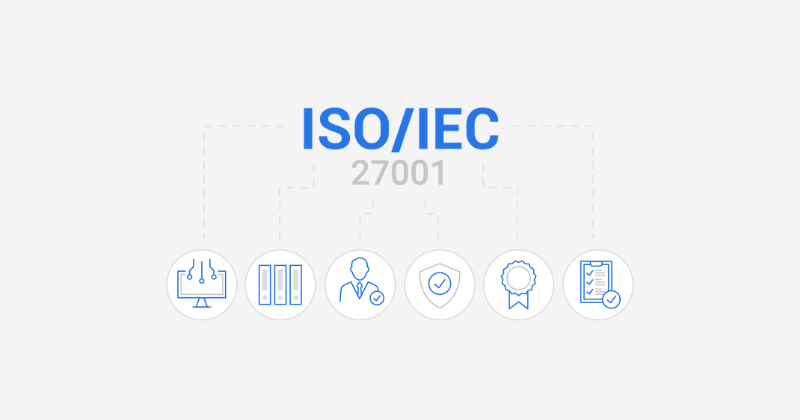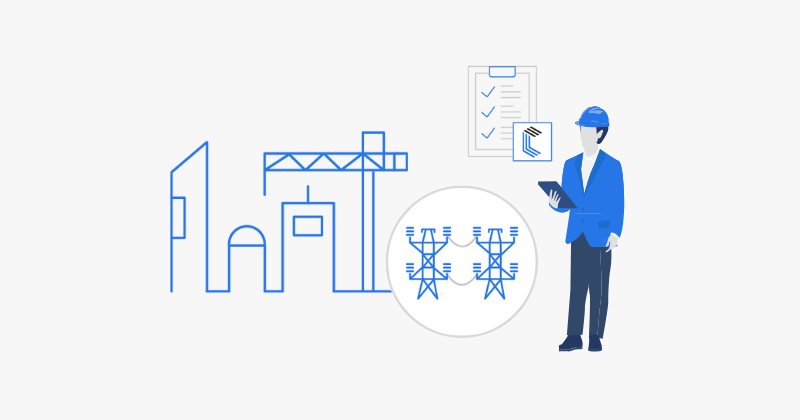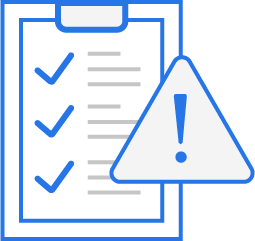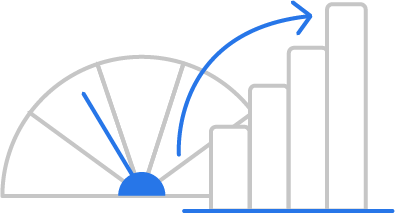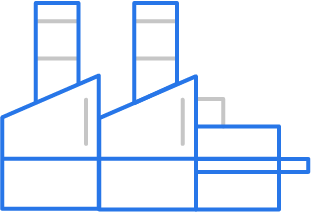Our modern world hums along thanks to systems most people never even think about. I’m talking about Industrial Control Systems (ICS) and Operational Technology (OT). They’re the unsung heroes powering our grids, cleaning our water, keeping factories running, and ensuring pipelines flow. Think of them as the industrial heartbeat of society. Protecting these vital systems is paramount, and understanding frameworks like NIST CSF 2.0 is key to doing just that effectively.
But here’s the tough truth: these vital systems, the ones literally keeping the lights on and the water flowing, face bigger and smarter threats than ever before. Adversaries, whether they’re nation-states or organized cybercriminals, are actively targeting this critical infrastructure. And the lines are blurring between the IT networks you use every day (email, servers) and the OT networks running the physical plant. This convergence? It’s created new pathways for attackers that didn’t exist before.
Protecting these systems isn’t just another item on the IT security checklist. It’s fundamentally about safety, reliability, and keeping your operations—and potentially the world around you—running smoothly. Robust ICS/OT cybersecurity isn’t optional; it’s essential for business continuity and public safety.
NIST CSF: A Trusted Guide Evolves
For years, organizations looking to manage cybersecurity risk have turned to the National Institute of Standards and Technology (NIST) Cybersecurity Framework (CSF). It’s been a voluntary, flexible structure, initially focused heavily on critical infrastructure, but its value quickly expanded across all sectors.
Now, with the release of NIST CSF 2.0, we see a significant evolution. It broadens its scope even further and offers enhanced, more practical guidance for all organizations. But let me tell you, for those of us grappling with ICS/OT security, this update is particularly relevant and powerful. It directly addresses modern challenges, brings crucial concepts like supply chain risk front and center, and puts governance right where it belongs: at the core.
Understanding and implementing NIST CSF 2.0 is no longer just a good idea for ICS/OT operators; it’s becoming critical to keeping pace with the threat landscape. In this article, based on years spent navigating the complexities of this space, we’ll dive into what makes ICS/OT security unique, how NIST CSF (and especially 2.0) fits in, and some practical steps you can take today.
The Unique World of ICS/OT Security: It’s Different Out Here
If you’re used to IT security, stepping into the OT world can feel like visiting another country with its own language and priorities. Why? Because their core missions are fundamentally different.
Think of it this way: IT security is primarily focused on protecting your data. Confidentiality (keeping secrets), then integrity (keeping data accurate), then availability (being able to access it). A breach often means data theft or systems being down.
OT security, however, is driven by the physical world. Its top priority is safety. After that comes availability (keeping the process running), then integrity (ensuring data driving the process is accurate), and lastly, confidentiality (which is often less critical in OT). An OT incident isn’t just about stolen data; it can mean physical damage, environmental disasters, or, tragically, loss of life. We’re talking about valve positions, temperature readings, and turbine speeds – not just spreadsheets.
What else makes OT challenging?
Legacy Systems: Many industrial systems were built long before network connectivity was standard. They often run outdated software that can’t be easily patched. Trying to update them can sometimes feel like trying to change a tire on a moving car – too risky to stop the process!
Limited Downtime: Operational requirements are strict. You can’t just take a production line offline for patching like you might a server. This severely limits maintenance windows.
Lack of Built-in Security: Older systems simply weren’t designed with modern cybersecurity threats in mind. Security wasn’t a requirement back then.
Attackers Know This: Bad actors exploit these realities. They target known vulnerabilities, use methods that look like normal operations (“living off the land”), and often pivot from less secure IT networks into the more vulnerable OT environment.
And the threat landscape is growing, both in volume and sophistication. We’re seeing a significant rise in ransomware hitting industrial targets. Supply chain attacks are also a major concern – imagine a compromised sensor or controller component making its way into your plant. As reports like the World Economic Forum’s and Dragos’s annual reviews consistently highlight, breaches often start in IT but the impact is felt most acutely in OT. This is why relying solely on IT security controls leaves dangerous, potentially catastrophic, blind spots in your OT environment.
NIST CSF: Your Roadmap, Not Just a Checklist
Okay, so the problem is clear. How do you navigate this complex landscape? That’s where frameworks like the NIST CSF come in. It’s not a rigid checklist telling you exactly what to do, but rather a flexible framework to help you understand and manage cybersecurity risk in your specific context.
Think of it less like a strict recipe and more like a comprehensive cookbook and set of tools. It provides a common language – those six core Functions: Govern, Identify, Protect, Detect, Respond, and Recover. These functions are like chapters organizing cybersecurity activities at a high level. Giving you a holistic view of your program, covering essential areas like Risk Assessment and Management.
Its strength lies in its adaptability. You tailor it to your organization’s mission, resources, and risk tolerance. It encourages you to use other standards and best practices you might already be familiar with, like ISO 27001 or, more relevant to OT, ISA/IEC 62443. You can map these to the CSF, leveraging work you’ve already done.
The CSF has proven incredibly valuable across various sectors, but its origins in critical infrastructure make it particularly well-suited for adaptation to ICS/OT environments. It provides a structured way to assess where you are, where you need to be, and how to prioritize your efforts – essential when dealing with complex systems and limited resources.
NIST CSF 2.0: What’s New and Why It Matters for ICS/OT
NIST CSF 2.0 isn’t just a minor update; it brings crucial enhancements that directly address the evolving challenges we see in ICS/OT security.
The New “Govern” Function: This is, arguably, the biggest change and incredibly important for OT. It emphasizes cybersecurity risk management being integrated at the highest levels of the organization, with clear executive oversight. For ICS/OT, this means getting operational and physical risks onto the C-suite agenda, ensuring alignment with critical business objectives like safety and reliability. It’s saying, “This isn’t just an IT silo problem anymore; it’s a board-level concern.”
Enhanced Supply Chain Guidance: Supply chain risks are exploding, and they hit OT hard. A compromised vendor component or service provider can directly impact your operational integrity and safety. CSF 2.0 provides much more detailed guidance on managing these risks – everything from due diligence on vendors to monitoring third-party connections. It gives you better tools to vet who you’re letting into your ecosystem.
Updated Categories and Subcategories: The framework has been refined to better reflect modern technologies and operational realities, including things like Industrial IoT (IIoT), cloud integration with the plant floor, securing remote access (more crucial than ever!), and, yes, better guidance for those tricky legacy systems. It offers a more precise roadmap for understanding and protecting the diverse assets in your OT environment.
Focus on Implementation Resources: NIST isn’t just handing you a document; they’re providing practical support. Things like Quick Start Guides and an online Reference Tool that helps you map CSF outcomes to specific controls in standards like ISA/IEC 62443. These are invaluable for organizations trying to figure out how to actually apply the framework in their unique industrial setting.
Emphasis on Continuous Improvement: The threat landscape doesn’t stand still, and neither can your security posture. CSF 2.0 reinforces the need for regular assessment and adaptation. Given the long operational life of many OT assets, revisiting your security based on evolving OT-specific threats is non-negotiable for maintaining effective defenses and resilience over time.
Putting NIST CSF 2.0 into Practice in Your ICS/OT Environment
Okay, so you have the framework. How do you actually use it to improve your ICS/OT security? It’s a structured, iterative process that requires commitment and often, specialized expertise.
Phase 1: Understanding Where You Are and Where You Need to Go
This is like assessing the land and drawing up blueprints before you build a house.
Understand Your Context: What are the boundaries of your ICS/OT environment? What are your most critical assets? Which processes, if disrupted, would cause the most significant safety, environmental, or operational harm? Get specific!
Assess Your Current Practices: Take a hard look at what you’re doing right now to protect these systems. Map your existing security measures (policies, procedures, technologies) to the CSF outcomes. This helps you create your “Current Profile.” Don’t sugarcoat it; be realistic.
Define Your Target State: Based on your risk tolerance, compliance requirements (like NERC CIP, TSA Directives), and business objectives (safety, uptime), where do you need to be? This is your “Target Profile.”
Identify the Gaps: Compare your Current Profile to your Target Profile. The difference is your action list. These are the areas where your current practices fall short of your desired security posture.
You can’t fix what you don’t understand. Get a clear, documented view of your current state and your realistic target state based on business needs and risks.
Phase 2: Building, Monitoring, and Refining Your Defenses
Now, you take those blueprints and start building, knowing it’s a structure you’ll need to maintain and potentially adapt over time.
Develop an Action Plan: Prioritize the gaps you identified. You likely can’t tackle everything at once. Focus on the risks that matter most to your operations. Consider your resources, budget, and the difficulty of implementation in an operational setting.
Implement Controls: This is where you apply the management, programmatic, and technical controls identified in your action plan. This could involve implementing network segmentation to isolate critical OT networks, deploying specialized OT monitoring tools, enhancing physical security around control systems, or developing specific OT incident response procedures. Remember to consider the operational impact – this isn’t like deploying antivirus on a desktop!
Monitor and Evaluate: Cybersecurity is not “set it and forget it.” You need to continuously track the effectiveness of your controls. Use Key Performance Indicators (KPIs) and Key Risk Indicators (KRIs) specific to your OT environment. Regularly reassess your risks based on changes in the threat landscape (new attacker techniques) or changes in your own environment (new equipment, system upgrades).
Adjust and Improve: Use the results of your monitoring and risk assessments to update your action plan and refine your security program. This iterative process is crucial. The threat landscape evolves, and your defenses must evolve with it. This continuous loop ensures your ICS/OT cybersecurity maturity keeps pace.
Implementation is practical and ongoing. It requires careful planning, awareness of operational constraints, and a commitment to continuous monitoring and improvement.
Don’t Go It Alone: Leveraging Expertise
Implementing NIST CSF 2.0 in a complex ICS/OT environment is a significant undertaking. It requires a blend of IT security knowledge, deep understanding of operational processes and technologies, and experience navigating both cultures. Finding staff with this blended expertise can be a major challenge.
This is where a partner like Compliance Labs can make a real difference. Having spent decades in the trenches of cybersecurity, we understand the unique pulse of an operational environment. We specialize in helping organizations like yours translate frameworks like NIST CSF 2.0 into practical, actionable security programs that work safely within your OT constraints. We provide Visibility Solutions tailored for OT networks, helping you gain the necessary insights to support the CSF’s Detect function and spot anomalies before they become incidents.
Partnering with an experienced team accelerates your journey towards ICS/OT cybersecurity maturity, allowing you to build a more resilient defense and protect your critical assets effectively.
Fostering a Safer Critical Infrastructure Future
The stakes simply couldn’t be higher. The reliability and safety of critical infrastructure are fundamentally dependent on strong ICS/OT cybersecurity. NIST CSF 2.0 provides a robust, updated framework to guide organizations in managing these increasingly complex cyber risks, emphasizing the critical roles of governance, supply chain security, and relentless continuous improvement.
Implementing this framework is a necessary step, requiring dedication, specialized knowledge, and a willingness to foster a stronger security culture that spans both your IT and OT teams. It’s about empowering everyone involved to understand their role in protecting these vital systems.
By focusing on collaboration, proactive measures, and leveraging the right expertise, organizations can significantly enhance their security posture, build resilience, and protect the communities and industries that rely on them every single day. The time to strengthen your ICS/OT defenses is now. Let’s work together to safeguard the industrial heartbeat.
